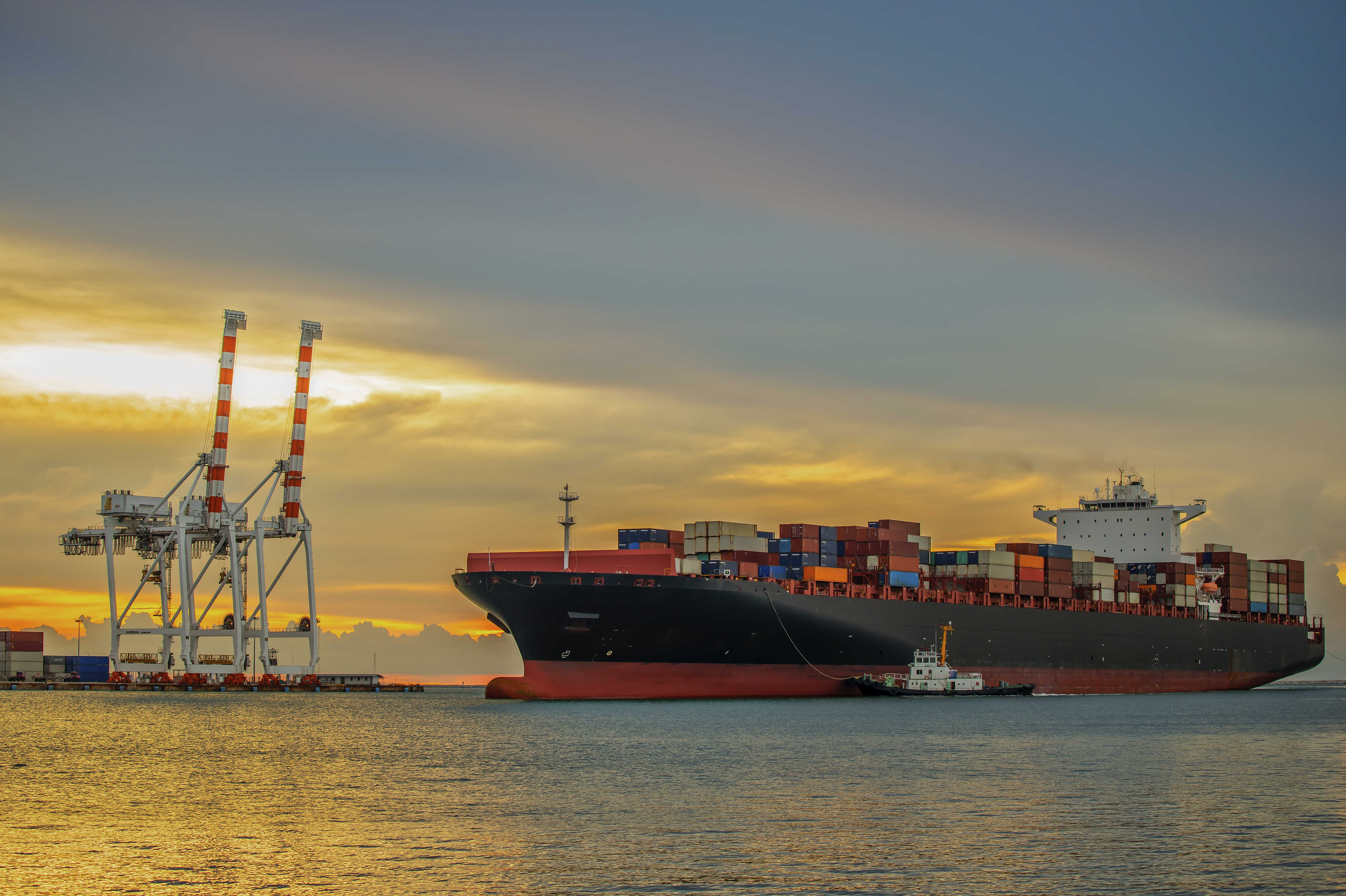Since the 2009 crisis, shipping business is getting restructured. There had been multiple stages of these changes. Initially carriers started to stop their new vessel orders, they slowly changed their chartered / owned vessels ratios and they started to cut their costs. Later on, as we approached to 2013, they started take the smaller vessels out, put larger vessels in, shift their back office operations to overseas and finally they started to form alliances.
As these changes continue, we also see 2 kinds of strategical shifts. Traditionally, certain ocean carriers preferred to move BCOs (Beneficial Cargo Owner) over moving NVOCC (Non Vessel Ocean Common Carrier). Some of these carriers had %80/%20 BCO/NVOCC balances. They realized that because of the reasons that I will be mentioning in this article, they need to promote more to NVOCCs and increase NVOCC shares on their vessels. At similar times, BCOs who traditionally have been working with direct carriers are also looking to add NVOCCs in their carrier bundles or completely switching to NVOCCs. Of course when I say BCO in this article I don’t mean the Walmarts, Targets but BCOs who ships 100 to 3000 containers a year.
Each shift is originating from the same source of reason with different effects. For US, since 2009, except a few, many carriers had closed multiple offices and had to let go their employees. They moved their back offices to overseas. They reduced their numbers of sales people / sales offices. Before the crisis, when you go to a medium size Midwest City and visit clients, you would hear from them that sales rep from X carrier or Y carrier was there. After the crisis, those kind of smaller sales offices moved to major cities and the sales people who were having one city as their territory, started to have 5-6 cities or one whole state for sales activities. This directly affected the number of customers that carriers can reach thru their sales channels. So for each steamship line, the best way of access to reach maximum number of clients becomes the NVOCCs.
On the other hand, before the crisis, the carriers’ customer service quality was much better since they were working with more people and for each regional office there were separate VIP clients who were getting even more attention. As the operation offices got into restructuring at the carriers’ side, a- waiting times on the phones increased, b- access to same CS (customer service) became nearly impossible, c- email communication with carriers became one sided (they send emails with no-reply addresses). VIP customers with 1000 containers, lost their VIP status and the quality of service slide down. So, as a customer, now if you wanted to have that better quality service you need to go to a NVOCC.
On top of these, US inbound trade from Asia, push both carriers and customers to NVOCCs starting from 2013. After the rates being at mediocre levels in the beginning of 2013, ocean carriers had fixed rate deals to the BCOs (fixed rate deals were always there but they were there only for very large BCOS who were shipping 10,000+ teus if not more) and NVOCCs during contract season. As the supply got squeezed, ocean carriers started to have limited space with low fixed rates and higher spot market rate levels. Customers who cannot find space realized that they have to have NVOCCs in their contract bundles for extra space and carriers needed the forwarders to have access to the spot market where customers are willing to pay higher freights for extra space. Overall NVOCCs helped both carriers and customers in such challenging days.
So, today after all this had happened since 2009-10; ocean carriers who didn’t have NVOCC Departments, now have NVOCC departments to develop more business and to balance their business between BCOs and NVOCCs. Same way, customers who need that extra mile, space flexibility and local touch, shifted more business to NVOCCs. And the best thing is everyone actually had better off through this change.




